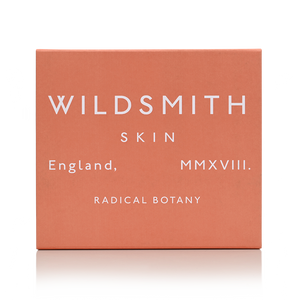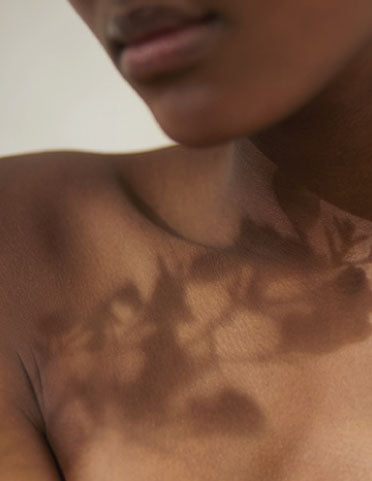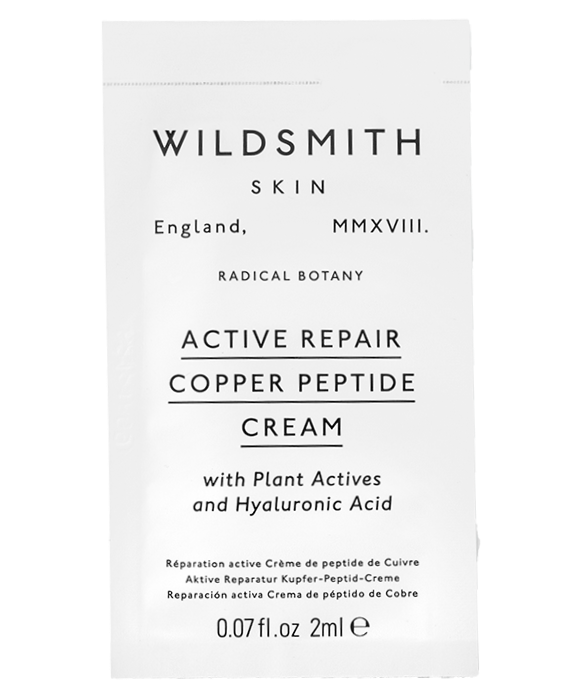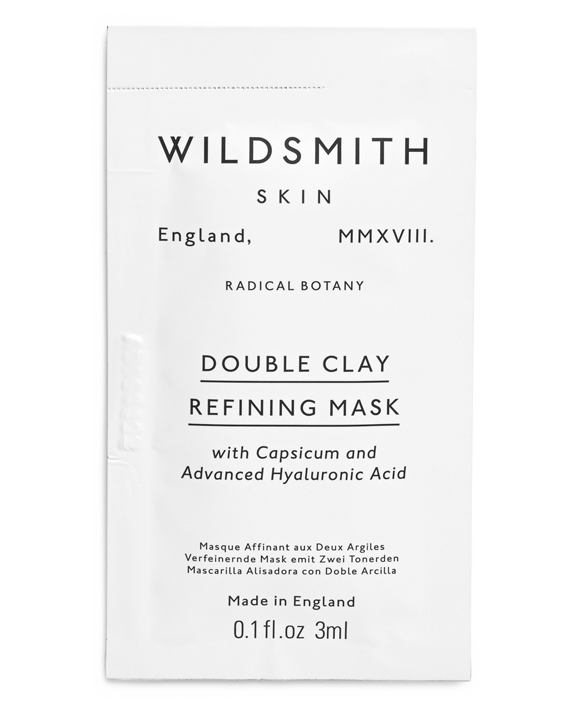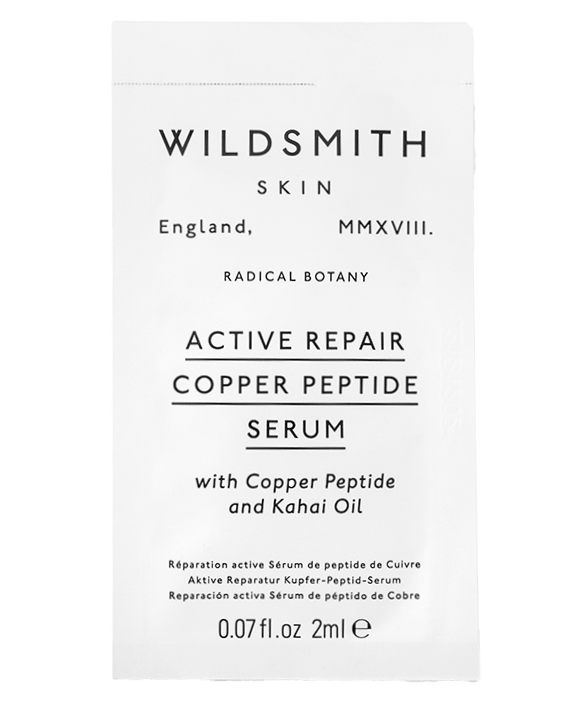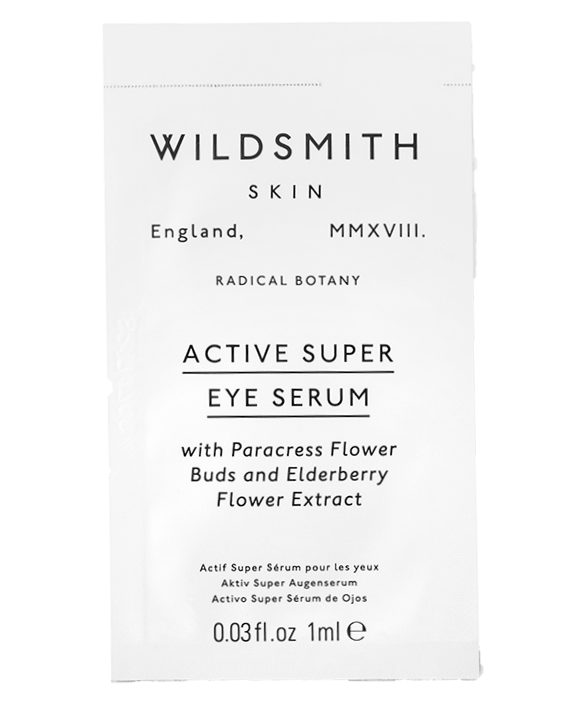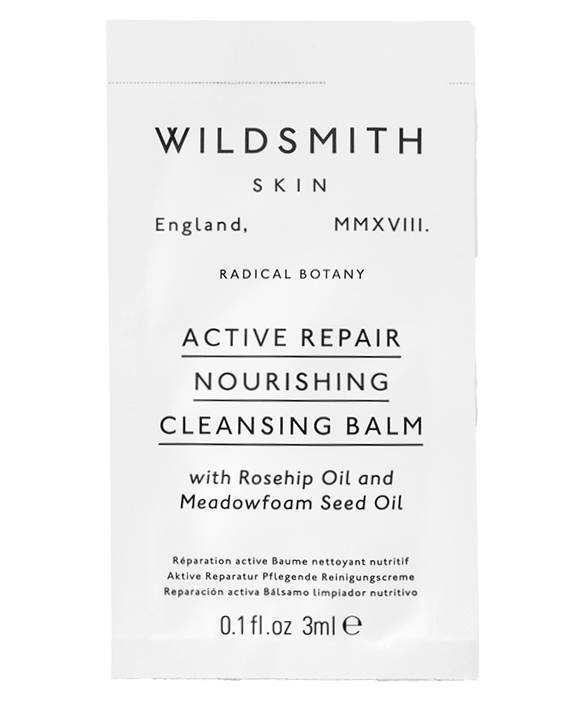As a child, Josephine Fairley loved to create her own natural, home-made skincare; as an adult, she would go on to have a stellar career as a beauty editor in a world of high-tech beauty. But what if these polar opposites could meet?
Into the World
Natural beauty has come of age. It’s what I always dreamed of, as a teenager whisking up oatmeal and yoghurt masks, attempting to distil rosewater on my kitchen table while lightening my hair with chamomile and lemon juice rinses.
But I never truly imagined that one day, I’d be able to make natural beauty choices which required absolutely zero compromises in terms of luxury, fragrance and formulation, while still allowing me to channel my own inner green goddess. (She’s never far beneath the surface, I can tell you.)
My motivation for making cleaner, more natural, sustainable beauty choices might be different to yours, though. For me, it’s partly a deep-rooted longing to feel more in touch with the world of plants, flowers and herbs. In a world in which we live, most of the time, ‘in our heads’ – probably staring at some screen or other – it acts as a counterpoint to the crazy-busy pace of life. Much as I’d like to get out there in nature every day, the jungle I spend most time in is the concrete one. But opening a jar of a beautiful, botanically-scented product, taking the time to stop, pause, enjoy…? That’s a way of connecting with the plant world – for me and many others.

For another group of wannabe-sustainable beauties, the choice may be a follow-on from eating organically, or even being vegan. You’re making decisions about what you put in your body on a daily basis; the next, 100% logical step is to start thinking about what you put on it, too.
But as a ‘greenie’ from those teenage years (I once spent an afternoon on the naughty chair outside my headteacher’s office, after being busted for the ‘vandalism’ of putting bricks in a school loo cistern to save water) – I couldn’t be happier that conscious consumerism is gaining momentum everywhere I turn. And for me, what’s happening in the beauty world mirrors what happened in food, in the early 1990s, when I co-founded Green & Black’s with my husband Craig Sams.
Yes, it’s lovely to have a facial oil that smells prettily of jasmine or rose. Or a cream that melts almost magically into skin. But we also want results (especially those of us of ‘a certain age’, shall we say?) – and that’s what’s also shifted.
Josephine Fairley
Suddenly, people became interested in ingredients. Beyond that, they became fascinated by tracing the journey of those ingredients from field to fork – and in hearing the stories behind what they were putting on that fork: about producers, and about landscapes. In 2018, that curiosity is extending to the world of beauty.
Everywhere I look, I see positive change happening in the beauty world – from the banning of ocean-polluting plastic microbeads, right through to the commitment of luxury brands (of which Wildsmith is a case in point). The Soil Association’s recently-published Organic Beauty & Wellbeing Report 2018 quoted a prediction from The Future Laboratory that by 2019, the natural and organic beauty sector will outperform the synthetic one. Wow, wow, wow.
But the real clincher, for me – and many others – is down to performance. Yes, it’s lovely to have a facial oil that smells prettily of jasmine or rose. Or a cream that melts almost magically into skin. But we also want results (especially those of us of ‘a certain age’, shall we say?) – and that’s what’s also shifted. This next generation of natural and/or sustainable beauty isn’t just luxurious, bathroom-shelf-worthy – it rivals anything the so-called ‘high-tech’ cosmetics realm has to offer, in my book.






Given a sneak preview, some months back, I began using the Wildsmith range. And I’ve fallen in love with the aromatic scents and the bliss-to-use textures of three products, in particular: the sorbet-textured, brilliantly make-up-melting Nourishing Cleansing Balm, the Super 17 Treatment Oil (a particular godsend during the l-o-n-g, centrally-heated winter, when I don’t think the air’s ever been so dry in my house) – and of course Wildsmith’s ‘hero’, the smooth-as-silk Active Repair Platinum Booster. (After a couple of months, my skin tone definitely looks more even – which is a very good reason to be hooked.)
All of which means that nowadays, the kitchen table’s reserved for eating delicious, field-to-fork meals.
Just as it should be…
GOING FOR GREEN The landmarks so far; the battles still to be fought
1976
Anita Roddick starts the Body Shop in Brighton, selling 25 products containing natural ingredients that were ethically sourced and cruelty free in recyclable/refillable packaging.
1981
Neal’s Yard Remedies opens in Covent Garden, London, selling natural health and beauty remedies and promoting ethical sourcing and re-usable, recyclable packaging.
1998
Testing of cosmetics and their ingredients on animals is banned in the UK.
2002
The Soil Association design the world’s first standards for organic beauty.
2013
Testing of cosmetics and their ingredients on animals is banned in Europe.
2018
Animal testing remains legal in the US and Australia, although most major brands have chosen not to do so. It is still a legal requirement for any cosmetics sold in China, regardless of country of origin, to be tested on animals if they are sold in a bricks and mortar store on the mainland. The UK bans the manufacturing of products containing microbeads.
All of Wildsmith's Moisturisers, Serums, Cleansers, Exfoliators and Facial Oils are environmentally friendly and created using sustainable practices.
